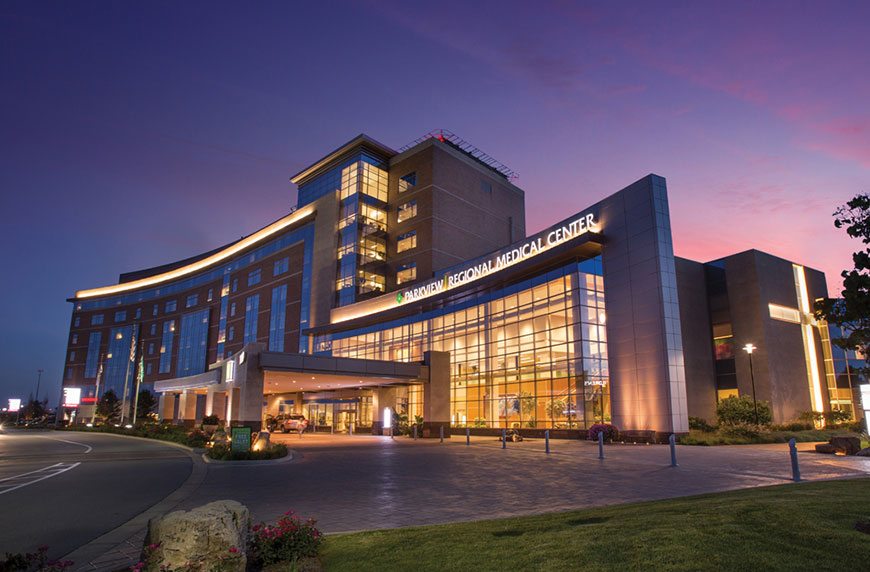Implement a new physician recruiting strategy by adopting new compensation models that improve physician recruitment and retention.
Category - Hiring and Staffing
Gain a greater understanding of locum tenens and how it can work at your facility with this introduction to locum tenens.
Find out why healthcare organizations should provide greater flexibility for their physicians if they want to succeed — and how to do it.
Learn how to adapt your physician recruitment strategies to attract and retain talent in a highly competitive market.
Discover how to use AI in physician recruiting to automate tasks, personalize outreach, and enhance analytics while maintaining a human touch.
Six ways physician recruiters' job satisfaction and workplace sentiments have changed since 2019, according to AAPPR.
Altru Health System’s manager of recruitment and performance shares the strategies she uses to reduce days to fill while still ensuring a good fit.
Learn how your organization can develop sustainable, strategic staffing plans instead of simply responding to short-term needs.
Locum tenens credentialing requires diligence and organization — but this toolkit will simplify the process.
Two studies found that the quality of care provided to patients by locum tenens providers is comparable to care provided by employed physicians.
When choosing a locum tenens staffing agency, look for one that understands your organization’s values, culture, and needs.
Centralizing locum tenens hiring can improve usage and reduce costs. Here’s how CHG Healthcare helped Parkview Health make it happen.
Aspirus Health and UnityPoint Health share how they centralized locum tenens hiring and what they learned in the process.
Many companies are stepping up efforts to address provider well-being, but Novant Health and UPMC have taken a particularly bold approach.
Two rural healthcare systems have found success in recruiting for hard-to-fill positions by being proactive and thinking creatively.














